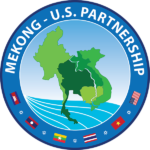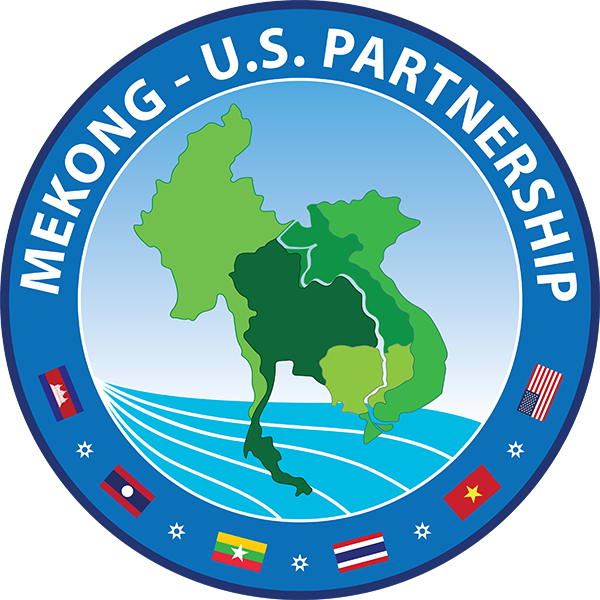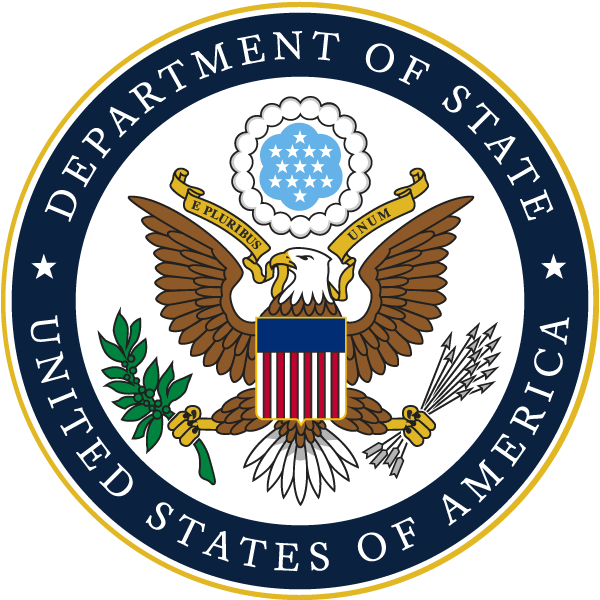Mekong-U.S. Partnership Track 1.5 Policy Dialogue #1
The Stimson Center and the International Union of Nature (IUCN) will host the first of six Mekong-US Partnership Track 1.5 Policy Dialogues, with the first four-day event beginning March 19 (Asia)/March 18 (U.S.). The opening plenary session will feature keynote remarks from Ambassador Atul Keshap, Principal Deputy Assistant Secretary of State, Bureau of East Asian and Pacific Affairs and a high-level panel. The opening plenary session is open to the public and press. RSVP to attend opening plenary: March 19, 8:30am ICT (9:30pm EDT).
Strengthening Transboundary River Governance Report
The East-West Center, with support from the Mekong-U.S. Partnership, released the report from the Indo-Pacific Conference on Strengthening Governance of Transboundary Rivers on February 25.
Release of the Transboundary River Governance Conference Report: February 25
Please join the East-West Center for the release of the Report from the Indo-Pacific Conference on Strengthening Governance of Transboundary Rivers. This webinar will feature discussion with U.S. government officials on the report, which details the findings of the October 2020 Conference that convened partners and stakeholders from across the Indo-Pacific region to share best practices and lessons learned related to the cooperative development and management of transboundary rivers.
Capacity Building during the COVID-19 Pandemic
When the first Covid-19 cases were reported, the Sustainable Infrastructure Partnership (SIP) team was still closing out our biggest annual event, the Mekong Research Symposium in Hanoi, Vietnam. Almost 300 people had attended the water management event, and interest was high for another such meeting. Then came January 2020. Some SIP project activities slowed, but plans…
“Towards a Resilient and Connected Mekong:” Principal Deputy Assistant Secretary Atul Keshap’s Remarks at the 2021 Friends of the Mekong Policy Dialogue
Principal Deputy Assistant Secretary Keshap provided opening remarks at the 2021 Friends of the Mekong Policy Dialogue on January 12, 2021.
Why The Mekong Region Matters to the United States, ASEAN, and the Indo-Pacific
U.S. Assistant Secretary of State David Stilwell published an article titled "Why the Mekong Region Matters to the United States, ASEAN, and the Indo-Pacific" in the Cambodia Institute for Cooperation and Peace (CICP) Journal of Greater Mekong Studies.
United States and Vietnam Convene 17 Friends of the Mekong in Support of a Secure, Prosperous, and Open Mekong Region
On January 12, the United States and Vietnam co-hosted the first Friends of the Mekong Policy Dialogue under the new Mekong-U.S. Partnership. In his remarks, Principal Deputy Assistant Secretary of State for East Asian and Pacific Affairs Ambassador Atul Keshap emphasized that the United States is committed to a secure, open, and prosperous Mekong region, highlighting the importance of this region to ASEAN centrality and to the ASEAN Outlook on the Indo-Pacific. The 17 participating countries and institutions under the Mekong-U.S. Partnership and the Friends of the Mekong offered recommendations on sustainable infrastructure development and connectivity; human resource development and building the foundations for a Mekong digital economy; sustainable water, natural resource management, and environmental protection; and COVID response and regional collaboration on health security.
Launch of the Mekong Dam Monitor (MDM)
Launched on December 15, 2020, the Mekong Dam Monitor (MDM) is the region's premier water monitoring tool. This monitor is open-source and freely available for users on the Mekong Water Data Initiative (MWDI) website - MekongWater.org. The Mekong Dam Monitor features virtual dam and reservoir gauges that use remote sensing, satellite imagery, and GIS analysis to provide weekly reports about environmental indicators in the Mekong Basin. The Stimson Center's Southeast Asia Program and Eyes on Earth, Inc. collaborative partnership developed the MDM with funding support from the Mekong-U.S. Partnership. This publicly available tool will significantly expand the water data available in the region, putting information into the hands of the people who need it the most so they can make informed decisions affecting livelihoods and regional security.
Message from our Ambassadors
Now more than ever, the United States sees the importance of a partnership with the Mekong Region. Perhaps the best example of that is the new Mekong-U.S. Partnership, which was launched in 2020 as a successor to the Lower Mekong Initiative. This partnership – with Cambodia, Laos, Myanmar, Thailand, Vietnam and the ASEAN Secretariat – aims to improve lives in the Mekong Region by spurring economic growth, improving natural resource management, and tackling transnational crime. “We are open to working with all partners who shared our principled, transparent approach,” said Melissa A. Brown, Head of the U.S. Mission to ASEAN. Watch this video to learn more:
Is the Tonle Sap in Crisis? Learning the Lessons of History
The royal city of Angkor was unique. A complex system of irrigation channels and reservoirs enabled intensive rice cultivation that supported an estimated population of one million people. At its height, Angkor was the largest city in the pre-industrial world, and is called the world’s first ‘hydraulic city.’[1] Today, only its iconic stone temples and related…
Webinar: An Uncertain Future: Working Towards a Thriving Tonle Sap
The U.S. Department of State and the Sustainable Infrastructure Partnership are pleased to announce the second Mekong Virtual Symposium. As part of the U.S. Vision for a Free and Open Indo-Pacific, the U.S. government is committed to providing a platform that encourages information sharing, dialogue, collaboration, and stakeholder engagement for cooperative, responsible management of the Mekong River. The U.S. engagement in the Mekong region has long supported transparent, open cooperation for sustainable management of the river.
This program will engage key stakeholders on the range of issues facing the Tonle Sap Lake in Cambodia: fishing and fish migration, plastics, floods and droughts, sediment, and dam impacts. As drought and dams have led the Mekong’s flow reversal to happen later and later each year, the Tonle Sap now faces an uncertain future.
 Mekong - U.S. Partnership
Mekong - U.S. Partnership


